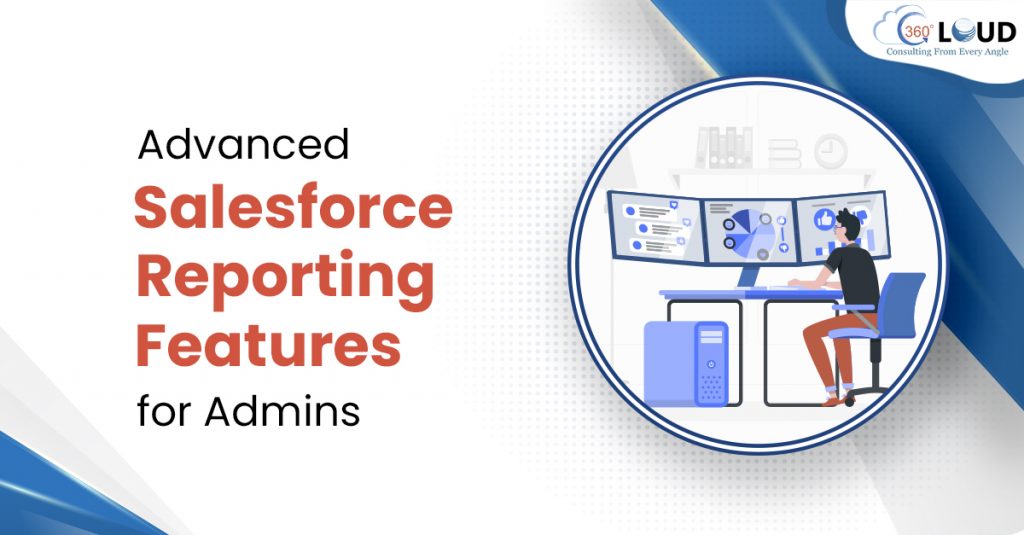Among the immeasurable reasons to consider Salesforce, there’s one thing that attracts users to this CRM. The provision to create customized and retailed reports has provided Salesforce users to easily analyze the performance and work towards the needed improvement. There are many advanced Salesforce reporting features that admins can access to boost their reporting and decision-making process.
Salesforce reporting allows teams to get many views into their data and analyze all the details and demonstrate the value. Every user excepts to work with such features that cut down the time invested in reports and Salesforce allows them to do so.
4 Advanced Salesforce Reporting Features for Administrators
Any powerful and experienced Salesforce admin should know about the tricks that would help him with Salesforce reporting. With this context, we have listed some of the important advanced Salesforce reporting features to speed up the process of creating reports.
1. Exception Reports
Salesforce admins need to use Cross Filters to create these types of reports. These filters can be created related to the record type of your choice. These kinds of reports are created to show users where their Salesforce data does not exist in the org. Admins can make use of Cross Filter to do so. These filters help to filter out the child objects related to the mentioned primary objects.
2. Custom Summary Formulas
When it is about calculating complex data from the summary, Salesforce admins can make use of custom support formulas while creating reports. These formulas can be added to the report just like any other field is added.
These formulas are used for creating and moving averages, calculating the total of different groupings, and performing further complex calculations.
3. Historical Trend Reporting
This feature is a newer reporting feature in Salesforce. Admins can use this feature for tracking any changes with the data, on a daily or weekly basis. You can easily track data using this feature for up to 8 fields related to Opportunity. Also, it enables you to track data for up to 3 custom objects.
4. Custom Report Types
One drawback with standard reports is that they can be created only by using two objects, connected through a ‘with’ relationship. But if you want to work with other relationships, the best approach is to use custom report types.
These reports allow admins to select relationships they want to create. They also allow Salesforce admins to choose the relevant Salesforce objects for the report. With custom report type, you can use up to 4 objects while creating Salesforce reports and create relationships amongst all of them.
Use Advanced Salesforce Reporting Features to Quickly Create Reports
Reporting is important to evaluate all the progress made so far and analyze teams’ performance. But spending a lot of time on reports can be frustrating and can decrease time with customers. That’s where these advanced Salesforce reporting features can help.
Simplify your reporting process in many folds with the assistance of our Salesforce experts. Connect with us to know how you can upgrade your reporting process.
